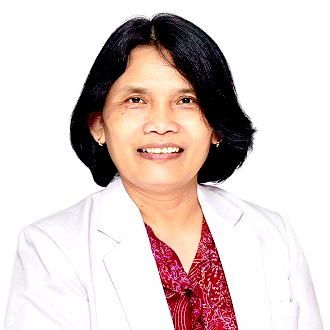The interview

Luh Karunia Wahyuni, Indonesia
What is your name?
My name is Luh Karunia Wahyuni
What is your profession?
I am a physiatrist from Dr. Cipto Mangunkusumo National Central Public Hospital, Indonesia.
How is the rehabilitation treatment of spine diseases managed in your country?
We always work in a team, with an orthopaedic specialist, a spine specialist, a therapist, an orthotic prosthetic, and, of course, the patients themselves as the core. Education about their condition is crucial, since in most cases, the disease needs active rehabilitation from the patients themselves. The rehabilitation aims to decrease impairment and increase functional status. Diagnosing the problems, the aetiology, and the functional problems that occur in the patients will direct the rehabilitation programmes, such as exercise, physical modalities, braces, or even surgery.
Scoliosis: how is it treated?
It depends on the age of the patients. In children and adolescents, the main concern is usually the risk of progression and aesthetics. In more severe cases, pain and cardiorespiratory problems can also emerge. Commonly, we treat patients according to the Cobb angle. If it is below 10 degrees, we just monitor. We give exercise from 10 to 20 degrees, braces and exercise from 20 to 40 degrees; and surgery above 40 degrees. But it also depends on each case. If the progression is rapid, even if the angle is below 20, we can proceed to bracing or even surgery if the complications also occur.
In adults, the main problem is complications such as pain, cardiorespiratory problems, etc. So it is treated based on the problem.
What would you like to improve on the clinical practice currently followed in your country?
Assessment, management, effectiveness of therapy, and also the method to increase the motivation of patients.
What do you think this course can give you, and how do you think you can apply this knowledge in your daily clinical practice?
I am beyond grateful to be able to take part in this course. This course explains not only the theoretical base but also the practice to patients so that I can practice it in Indonesia. Although there are some technologies that we don't yet have, they can be our reference for developing knowledge here.

